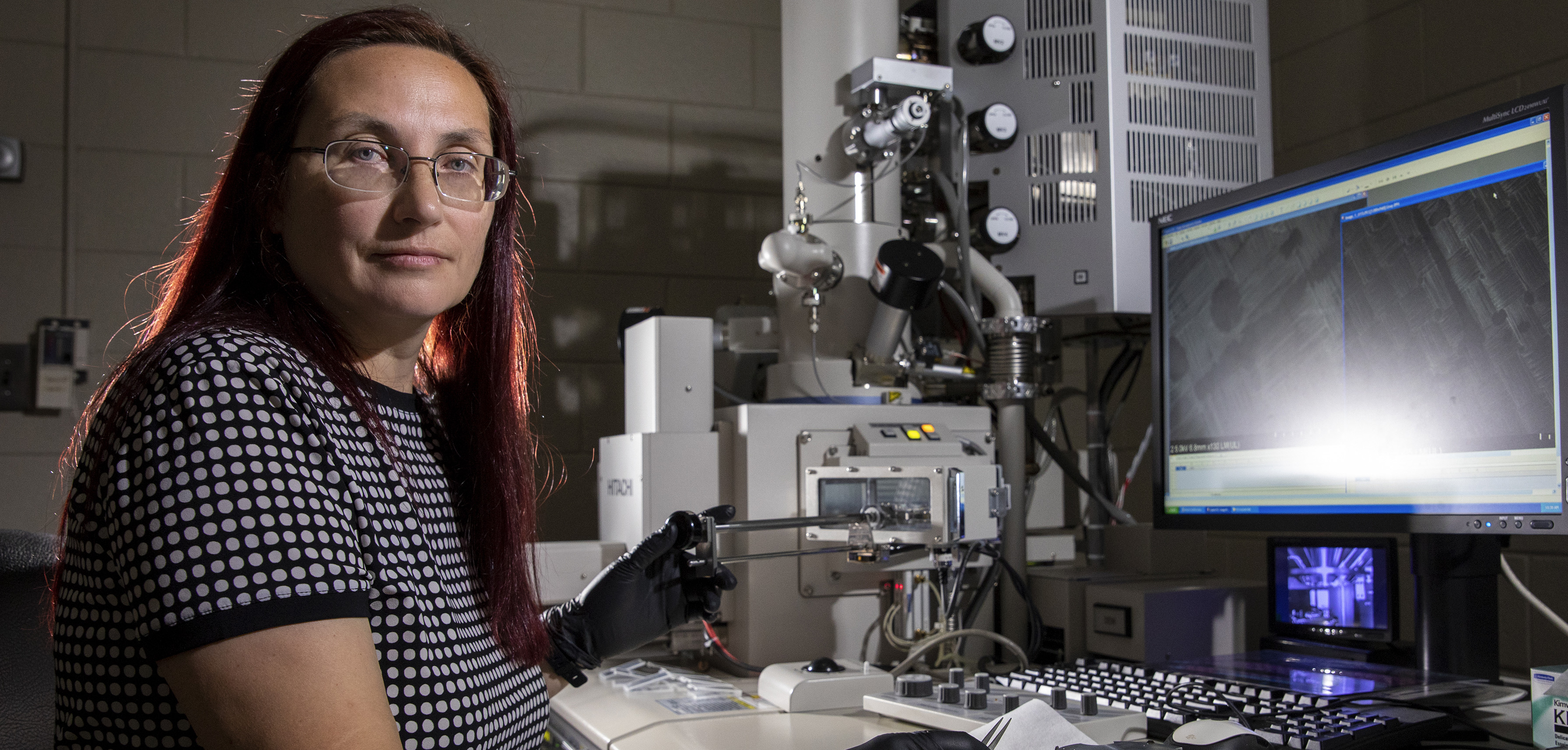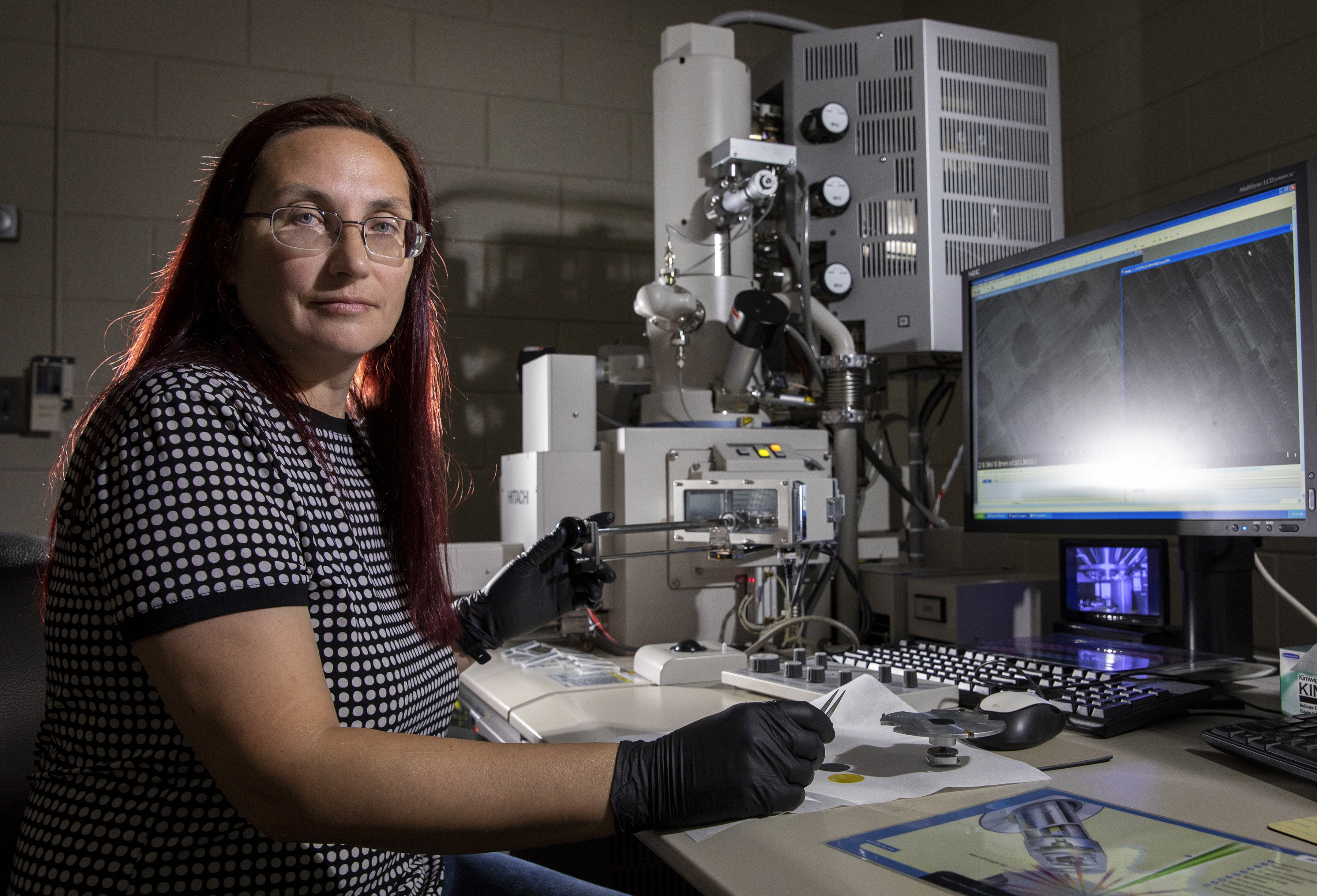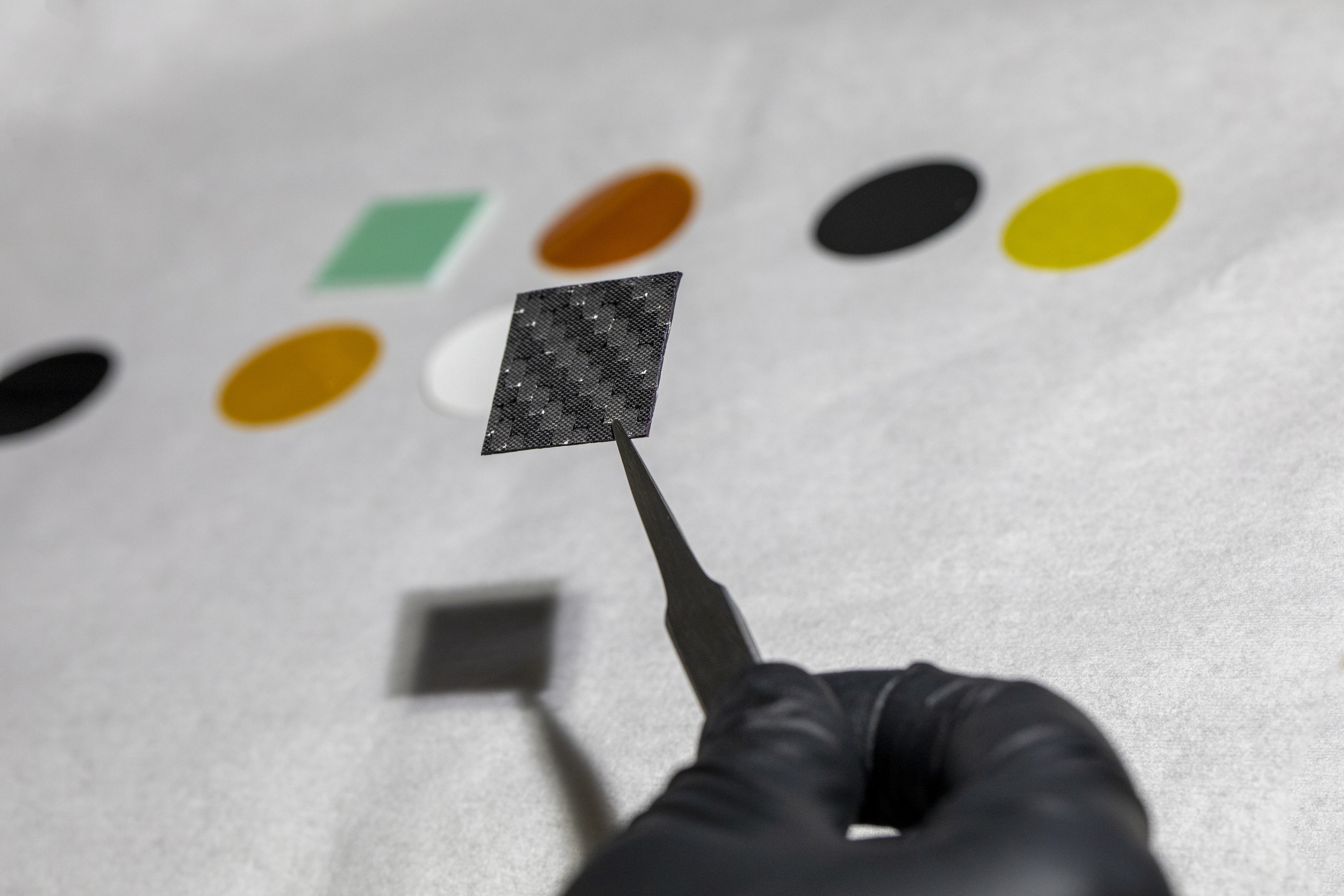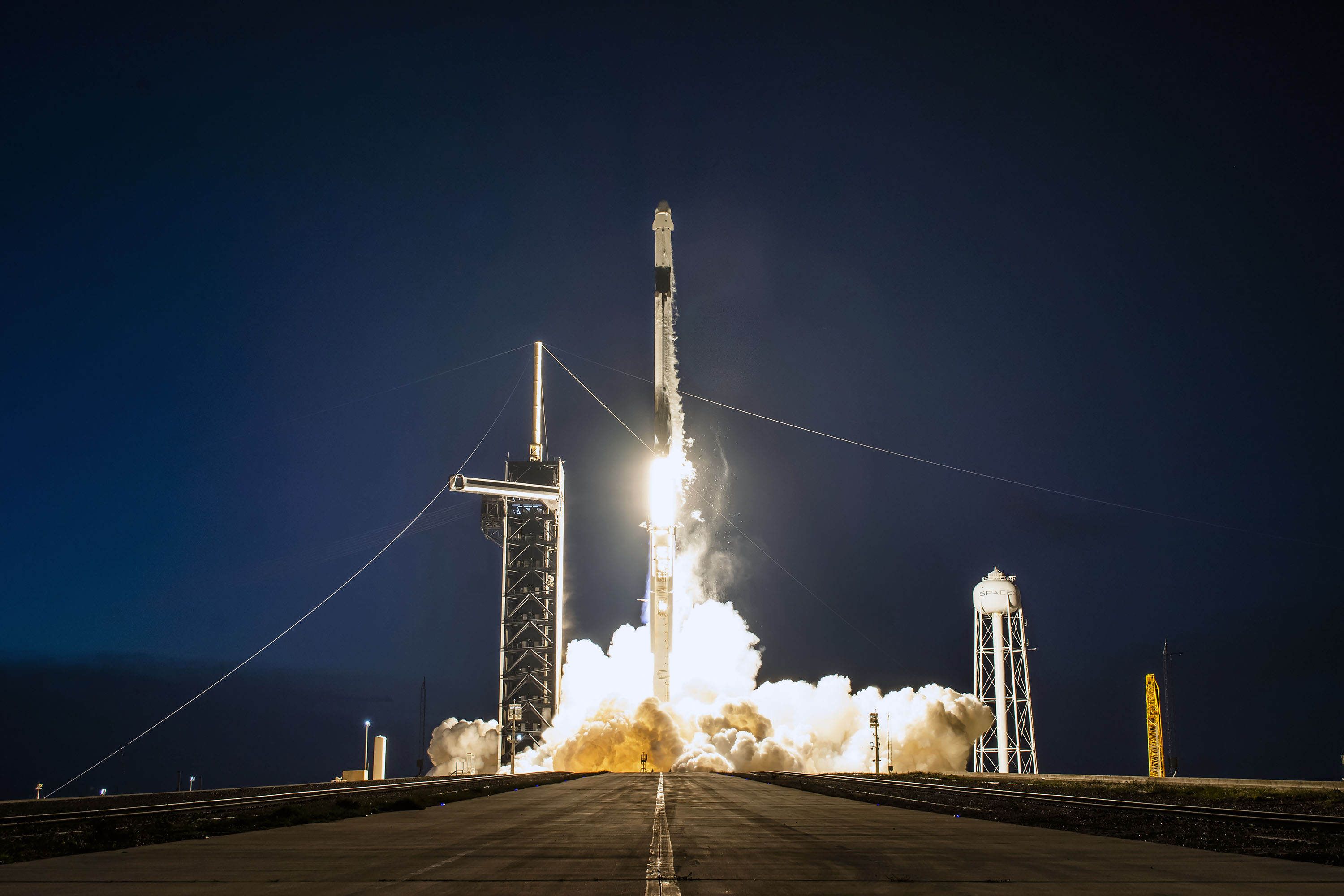
For the next six months, a camera system on the exterior of the International Space Station (ISS) will be snapping photos of more than a dozen different material samples, gathering detailed information that will help researchers determine how – and why – the harsh conditions of space affect these materials. Among the issues to be studied are color changes that may indicate the degradation caused by exposure to the environment in space.

A key goal of the research will be to correlate the color changes that occur under low-Earth orbital (LEO) exposure with variations in the materials' properties – such as structural strength, chemical composition, and electrical conductivity – to determine how these spectral changes might allow scientists and engineers to visually assess deterioration. The LEO space environment exposes materials to the damaging effects of atomic oxygen, ultraviolet radiation, and high-energy electrons.
“We want to know not only how space affects materials, but also why that happens,” said Elena Plis, a senior research engineer at the Georgia Tech Research Institute (GTRI) who is leading the multi-organization research team. “For instance, we know that a commonly used material from DuPont, Kapton® polyimide film, is subject to changes in its conductivity in space, but we want to know why, how we might prevent that, or how we can use it to our benefit.”

Regularly photographing the materials in both visible and infrared spectral ranges will provide a dynamic record of what happens with optical properties in space, improving upon the knowledge that has often been limited to measurements before and after space exposure. The research team will extensively analyze the materials returned to Earth to understand better how space degradation may affect other material properties and use this information for long-term space mission planning.
“I’m interested in the dynamics of damage caused to materials in space,” explained Plis. “Up until now, we have generally only had two data points for assessing the effects of space: the pristine materials that we launch, and the cumulative effects we can see when materials are returned. The uniqueness of this experiment is in letting us watch the damage occur over time.”

Beyond GTRI, the research team includes researchers from the Air Force Research Laboratory (AFRL), NASA, the University of Texas at El Paso, and DuPont, a multi-industrial company headquartered in Wilmington, Del. Utilizing the Materials International Space Station Experiment (MISSE) Flight Facility, the research is also supported by Aegis Aerospace Inc., the company which owns and operates the MISSE platform installed on the ISS.
Analyzing the spectral data obtained by the experiment could also allow observers to determine whether a piece of space junk is from a lightweight insulating blanket or a heavier circuit board that could damage orbiting spacecraft. Beyond providing a new way to assess the structural health of materials remotely and assessing the risks from space debris, the experiment will also help engineers evaluate novel materials that could provide designers of future spacecraft with new options.
“DuPont Kapton® HN polyimide film, for instance, is a material that has been used ever since the Apollo missions, which makes it the gold standard,” Plis said. “But there are many more materials that may offer improved properties, so we are going to see how some examples of those are affected by space.”
Many of the materials being studied are used to protect spacecraft systems and crews from the effects of rapid thermal changes that take place in orbit, and from damaging electrical charging effects. The MISSE-16 materials selection includes different types of polyimides, liquid crystal polymers (LCP), polyhedral oligomeric silsesquioxane (POSS), carbon and glass fiber reinforced polymers, and polyethylene terephthalate (PET) polyester films.
The samples were installed on the exterior of the ISS using a robotic arm and will be retrieved in the same way in about six months. The samples will be placed on three different faces of the ISS to receive preferential exposures to atomic oxygen, ultraviolet radiation, and high-energy electrons. The samples were delivered to the ISS by a SpaceX Dragon cargo spacecraft that launched on July 16.
To facilitate the long-term observation on orbit, the MISSE testbed has been upgraded with a camera and illumination system to cover a broader spectral range, including infrared, which is important to observing certain aspects of degradation. The upgraded hardware will remain part of the MISSE instrumentation after the GTRI-led experiment is over.
The samples, which are one-inch squares, are expected to be returned to Earth next spring. The materials flown in space will be examined in detail to understand the degradation and compared to identical samples subjected to simulated space conditions in the laboratory. In all, the samples will be subjected to 10 different characterization techniques, including atomic force microscopy, optical characterization of reflection and absorptance, and measurements of electrical charge transfer.
“We will be trying to connect the optical properties with surface changes and chemical changes,” said Plis. “With our ground experiments, we hope to understand these changes and the physics that lies behind them.”
For Plis, who has been studying the effects of space exposure on materials since 2015, seeing the research launch into space was the result of a years-long application and development process.
“For me, launching the materials was very emotional,” she said. “It’s like a dream come true to be sending my research into space and getting data from space. This is my first project to go into space, and I hope there will be more.”
Writer: John Toon (john.toon@gtri.gatech.edu)
GTRI Communications
Georgia Tech Research Institute
Atlanta, Georgia USA
MORE 2022 ANNUAL REPORT STORIES
MORE GTRI NEWS STORIES
The Georgia Tech Research Institute (GTRI) is the nonprofit, applied research division of the Georgia Institute of Technology (Georgia Tech). Founded in 1934 as the Engineering Experiment Station, GTRI has grown to more than 2,800 employees supporting eight laboratories in over 20 locations around the country and performing more than $700 million of problem-solving research annually for government and industry. GTRI's renowned researchers combine science, engineering, economics, policy, and technical expertise to solve complex problems for the U.S. federal government, state, and industry.



